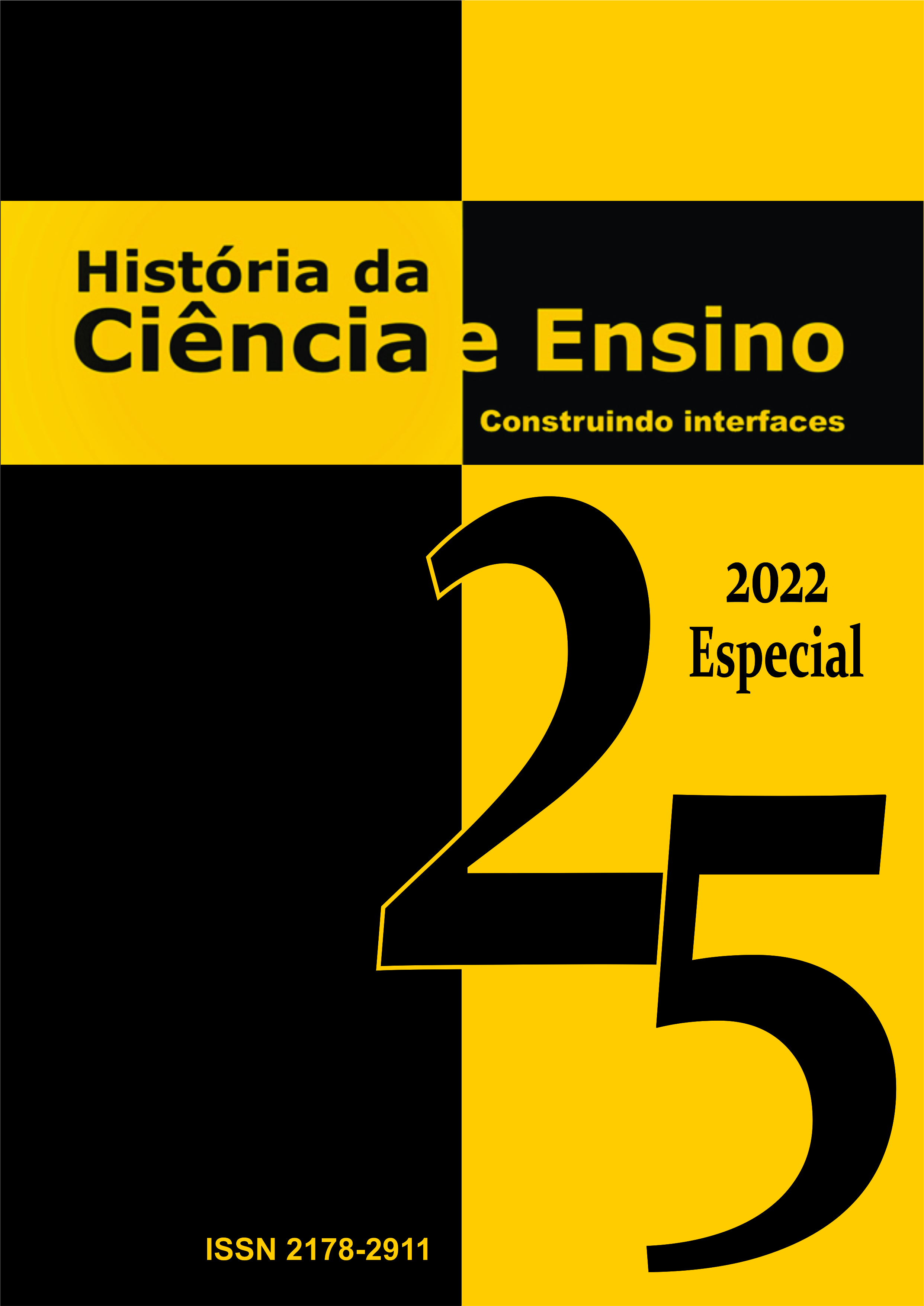O caminho percorrido para a excelência dos cuidados ao recém-Nascido, após o nascimento
DOI:
https://doi.org/10.23925/2178-2911.2022v25espp75-87Abstract
The care of newborns has gone through multiple changes over time. The emergence of new technologies, the interdisciplinary nature of knowledge, the contribution of the World Health Organization (WHO) and other organizations responsible for women and children's health, and the transformation in the birth contexts have brought a broader universe of immediate care of the newborn. Traditionally, the evolution of norms in the care of promotion, prevention, and treatment of newborns derived from experience, with a cultural logic and expressed in rituals and procedures. In Western society, this care is invariably associated with the evolution of care during childbirth. When childbirth started to occur in a generalized way in a hospital environment, which happened in Portugal in 80s of the 20th centuries, guidelines began to emerge from international health organizations on immediate care for newborns. These guidelines resulted from political decisions and WHO resolutions aiming to provide an acceptable quality of life for all by 2000 Additionally, neonatal mortality was recognized as a public health problem. It was recommended that right after birth, attention should be given to the state of the newborn as an integral part of normal birth care. This attention emerged from the need to minimize the causes impacting the neonatal mortality rate, which was still very high at the end of the 20th century, and the morbidity rate and quality of life. According to the WHO, the high mortality and morbidity rates resulted from inadequate care and the excessive use or misuse of technology, relatively cheap and straightforward (WHO, 1991).
Until the early 1990s, the separation of babies and their mothers immediately after birth almost defined modern obstetric and neonatal care and was motivated by the widespread use of incubators and artificial milk. The Innocenti Declaration, in 1990, was a milestone for the protection, promotion, and support of breastfeeding and consequently for promoting early contact between mother and newborn. At this time, the WHO stated that the health and well-being of the newborn were based on four principles of care: a non-traumatic and clean delivery, maintenance of body temperature, initiation of spontaneous breathing, and breastfeeding after birth. The beginning of evidence-based medical practices and these recommendations helped restore the importance of early contact between mother and newborn and breastfeeding soon after birth for all healthy babies.
In the last 30 years, based on the quality of evidence and recommendations of the organizations responsible for health, the most visible differences are the decrease in interventionism and the timing for immediate care, giving a special role to the first hour of life "Golden Hour," which advocates delaying all non-urgent care by at least 60 minutes. Recent scientific advances related to the role of the microbiome and epigenetics and the use of neuroimaging provide new explanations and suggest that skin-to-skin contact and breastfeeding are important determinants of the reproductive biology of human beings.
The interest in knowing more about the history and evolution of immediate care for the newborn motivated us to do literature research, which resulted in this article. This interest results from the need to apply this knowledge to the teaching of maternal and child health subjects.
Keywords: Health care; Immediate care; Postnatal care; Golden Hour; Newborn.


